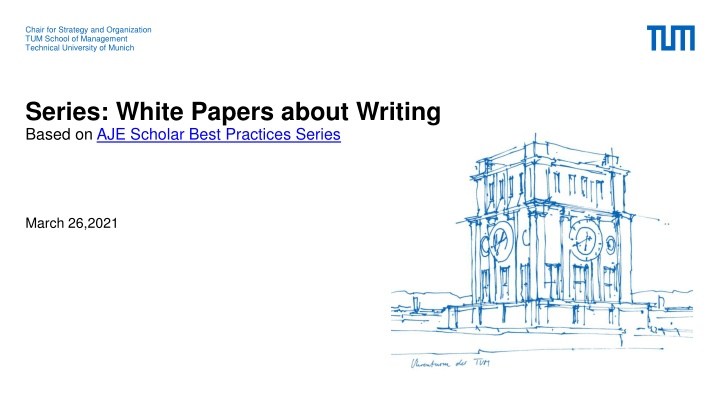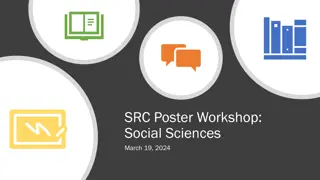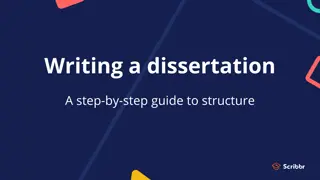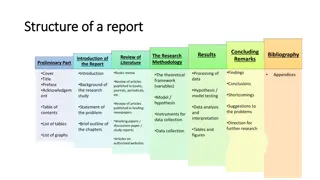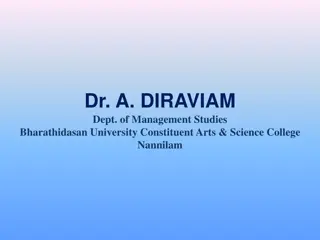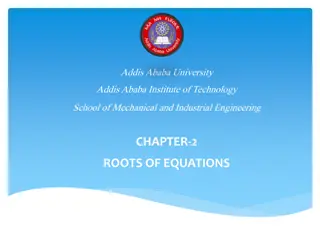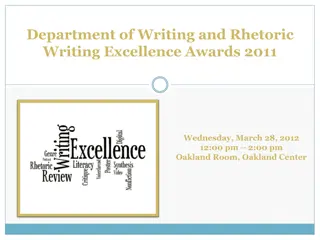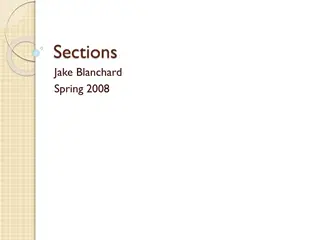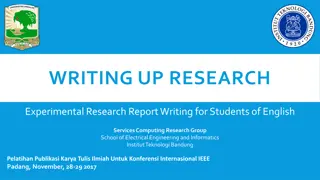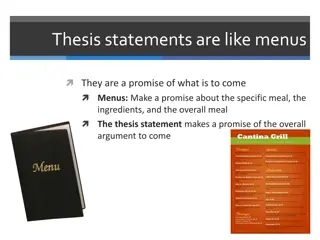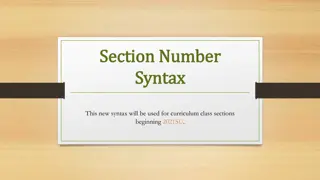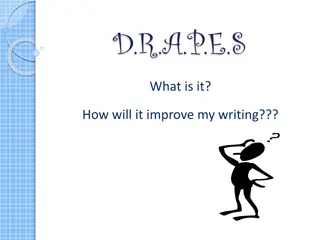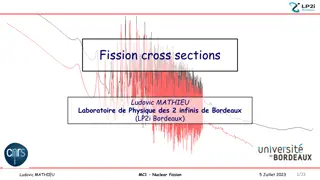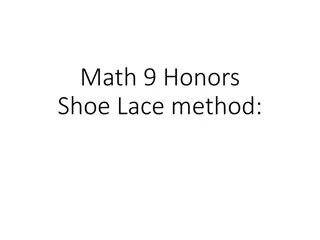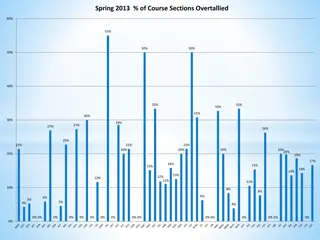Best Practices for Writing Research Introductions and Method Sections
Enhance your research writing skills by learning the best practices for crafting compelling introductions and method sections. Convince readers of your work's significance, frame clear research questions, provide context, and ensure clarity in presenting methods. Follow expert guidelines to lead your audience effectively through your research journey.
Download Presentation

Please find below an Image/Link to download the presentation.
The content on the website is provided AS IS for your information and personal use only. It may not be sold, licensed, or shared on other websites without obtaining consent from the author.If you encounter any issues during the download, it is possible that the publisher has removed the file from their server.
You are allowed to download the files provided on this website for personal or commercial use, subject to the condition that they are used lawfully. All files are the property of their respective owners.
The content on the website is provided AS IS for your information and personal use only. It may not be sold, licensed, or shared on other websites without obtaining consent from the author.
E N D
Presentation Transcript
Chair for Strategy and Organization TUM School of Management Technical University of Munich Series: White Papers about Writing Based on AJE Scholar Best Practices Series March 26,2021
Writing an Introduction Source of image: Stux from pixaba.
Best practices for writing an introduction Convince the reader that your work is important and relevant Frame and present a clear research question Provide context for the findings Point out the gap in current knowledge your paper aims to close Enable understanding of methods, findings and implications through providing enough information Researchers have to cherry-pick papers (due to time shortage) sell your paper Source of content: Bendiksby for AJE Scholar. Getting a Strong Start: Best Practices for Writing an Introduction from https://www.aje.com/arc/getting-strong-start-best-practices-writing- introduction/
Introduction should narratively lead to the presentation of the research and its importance Present the broad context and familiar frameworks the study is built on Provide the paper s scientific background through relevant current research Specificity State the specific and clear research question Explain implications of the findings on challenges in the field Source of content: Bendiksby for AJE Scholar. Getting a Strong Start: Best Practices for Writing an Introduction from https://www.aje.com/arc/getting-strong-start-best-practices-writing- introduction/
Writing the Method Section Source of image: Stux from pixaba.
Best practices for writing the method section Present your information in a way that is clear and familiar to the reader Increase the reader s confidence through clear explanation of appropriate research techniques Provide enough information, so that the reader would be able to replicate your study Assemble familiar concepts and research activities into a logical series of events Include all the relevant information without providing unnecessary details All the information should be provided in the most easily recognizable form Source of content: Bendiksby for AJE Scholar. Setting the Scene: Best Practices for Writing Materials and Methods from https://www.aje.com/arc/setting-scene-best-practices-writing- materials-and-methods/
Present the information in a clear and familiar way to the reader Research Design Data Collection Data Evaluation Specification of any materials, quantities, and procedures essential to the study Statistical methods: integral part that should be described as thoroughly as any other procedure Provide foundation through general characteristics and parameters e.g. sampling sources, characteristics of participants,... Clarify how data is taken, processed, and stored Source of content: Bendiksby for AJE Scholar. Setting the Scene: Best Practices for Writing Materials and Methods from https://www.aje.com/arc/setting-scene-best-practices-writing- materials-and-methods/
Writing the Results Section Source of image: Stux from pixaba.
Best practices for writing the results section Present the novel outcomes of your work Distil your findings into a systematically presented and accessible form Show your data in a format that is clear, organized, and accessible to the reader Provide sufficient context to make the information understandable Balance between providing sufficient context without distracting with unnecessary interpretation Story within a story: Lead the reader from one important result to the next (logical narrative) Source of content: Bendiksby for AJE Scholar. Reaping the Rewards: Best Practices for Writing a Results Section from https://www.aje.com/arc/reaping-the-rewards-best-practices-for- writing-a-results-section/
Present the information in a clear and familiar way to the reader Notation & Formatting Statistics Consistent and conventional notation and formatting maximizes information accessibility Statistical significance is the yardstick by which most quantitative results are measured Data presented in figures/tables should be referenced in the body of the text self-contained (often presented separately) Test need to be described in method section Source of content: Bendiksby for AJE Scholar. Reaping the Rewards: Best Practices for Writing a Results Section from https://www.aje.com/arc/reaping-the-rewards-best-practices-for-writing-a-results-section/ Source if images: https://www.cyberfahnder.de/graf/bild/inet/tier-1-1.gif; https://www.faes.de/Basis/Basis-Lexikon/Basis-Lexikon_Hypothese/Hypothese_Abb2.jpg
